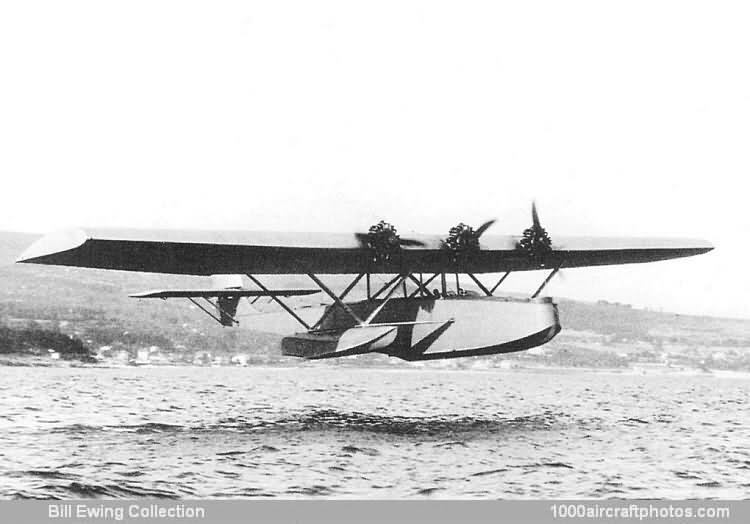The thick-section wing carried the three 420 hp Gnome & Rhône 9 Jupiter radial engines on its leading edge and was itself raised above the fuselage on a strut arrangement that also supported the two lateral stabilizing floats. The fuselage was of Dural construction and divided into several watertight compartments. Armament consisted of three trainable 0.303 in (7.7 mm) machine guns.
The first flight of the five-crew reconnaissance flying boat took place in April 1928 and trials revealed that while the type had good performance, it also possessed difficult handling characteristics. In December 1928, the French air ministry decided that further trials should be halted so that the aircraft could be modified before the resumption of trials for a different role.
In the next month, however, Lieutenant Campardon skated round the ministerial decision to make a last flight over the Gulf of Frejus. After an hour, the engines lost power and the aircraft dived into the sea and sank, taking with it the complete crew."

